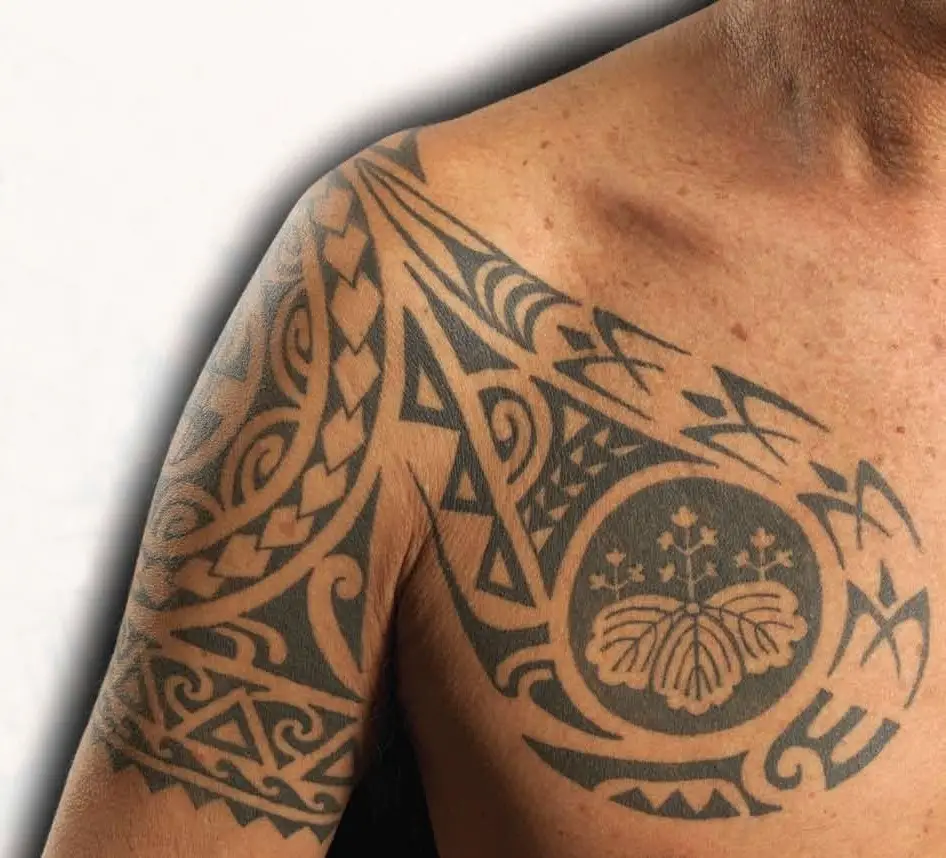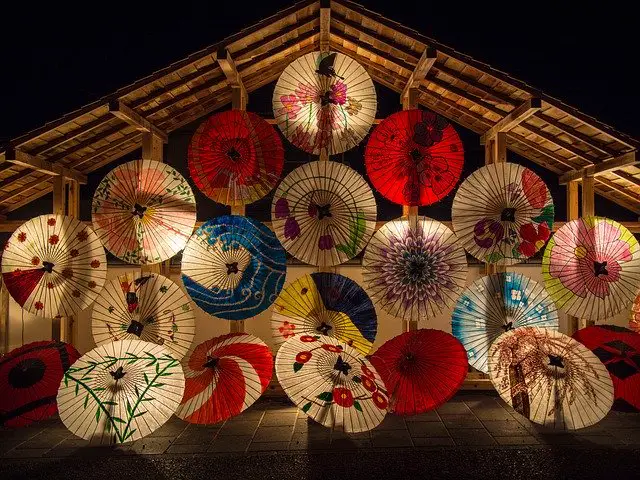Hawaiian Tattoo Designs and Meanings You Should Know in 2024
Tattoos have existed since ancient times; only the difference is that tattooing back then was crude because it only used materials nature provided humans with.
Modern tattooing is different because it centers around tattoo guns, readymade ink, and sterilization equipment to deliver satisfying results.
Hawaiian tattoos were created using materials available abundantly in nature, such as claws and bones.
They’re placed on different parts of the body, but what makes them special is geometric shapes, which were prominent in this culture.
Most people envision a flowery headpiece around her neck, hibiscus blossoms, and a hula dancer if you mention a Hawaiian tattoo.
These three symbols are strongly associated with Hawaii and Hawaiian culture, and they are popular tattoo designs.
Hawaiian tattoos might represent the common areas of the island as well as your reward for this state’s distinct past.
Many indigenous still believe that continently is ruining their island, way of life, and people’s history.
Now, a Hawaii-wide cultural group is attempting to resurrect this long-forgotten religion and preserve the distinct and indigenous culture.
The meaning of Hawaiian tattoos
When it comes to tattoos, there are some symbols that Hawaiian people treasure more than others.
Here’s a list of symbols that hold special meanings to them:
- Sea turtles and shells: There’s a strong association between sea turtle tattoos and facts about these marine creatures. These animals are known to be long-lived and mind their own business. Hawaiian tattoos that take this design also have similar meanings. The wearer may hope that they will live long and be in a good state of mind, which then evokes peace.
- Tiki: He’s believed to be an ancestor that predated all humans. He was also believed to possess some superpower, and because of that, this symbol was closely linked to protection. A Tiki tattoo can be approached in several ways. In addition to a full-body shot, it can also be depicted with some features only, like the nose or another.
- Geckos: These small lizards were thought to be a bridge between humans and god. They’re portrayed as creatures with a unique ability to examine humans and talked to god. In general, gecko tattoos are viewed positively because they represent good fortune.
- Sharks: Sharks are another animal put on a high pedestal by the Hawaiians. As with the Tiki symbol, sharks were also considered as a sign of protection. A shark tattoo can show only its jaw or a full body shot.
- Rainbows: Rainbows are colorful arches across the sky, so it comes as no surprise that the Hawaiian culture also associated it with divinity. It was seen as a bridge that connected heaven and earth, where their gods walked descending from the sky, or the deceased went in the afterlife.
Hawaiian tattoos for females
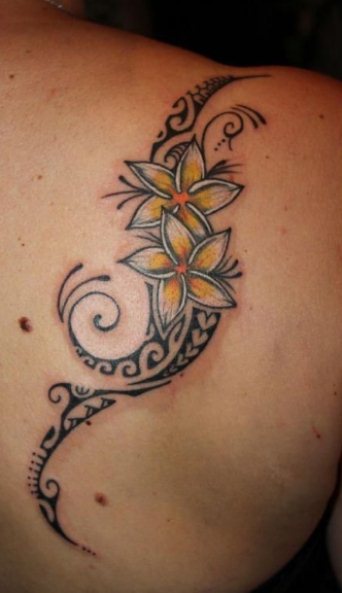
As said before, Hawaiian tattoos are made using materials present in nature.
And likewise, the symbols also glorify the charm of nature. Animals, flowers, and trees are some examples.
You can use them as inspiration for your tattoo.
Coloring is another way to add a subtle feminine touch to it.
That’s not to say that only women can stun with colors.
Still, delicate designs like flowers benefit a lot from colorful pigments.
Besides, colors make tattoos look less intimidating or bold.
Hawaiian tattoos for males
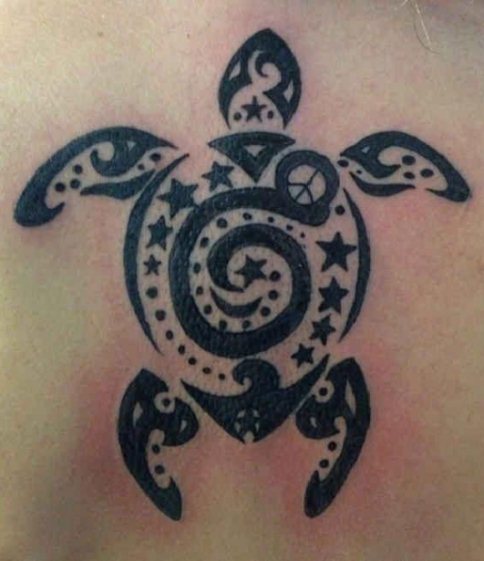
Men can wear tattoos inspired by any of the symbols above.
However, to add masculine charm, consider making them a bit bolder.
The use of black ink can intensify that, especially when it covers a big portion of the skin.
That’s why full-sleeve tattoos leave that impression because they encircle the whole forearm from top to bottom.
Besides this location, there are some that men like to get tattoos on, such as the chest, legs, and face.
The last one is probably taking it to extremes for some people.
If you need to be careful with tattoo placement, then it’s okay to skip that. There are many other places where tattoos will look just as good.
By the way, there’s something intrinsically admirable about Hawaiian tattoos.
You can consult your tattoo Artist to figure out how it should be presented to highlight the culture.
Traditional Hawaiian tattoos

What’s interesting about traditional Hawaiian tattoos isn’t just the unique symbols and the process of creating them.
Unlike today where the work could be more precise thanks to the advent of tattoo guns, Hawaiians had to rely on equipment found in nature to draw up tattoos.
There’s some resemblance because those traditional ‘guns’ also had pointy tips to ensure ink could be injected into the deeper layer of the skin.
This practice may get a side-eye if performed today because it’s risky.
Today’s tattooing is usually served with safety precautions to minimize potential hazards, including sterilization and the use of safe ingredients for pigments.
Ancient Hawaiian Tattoos

The typical Hawaiian tattoo is comparable to that of other countries, owing to the usage of geometric designs created by black lines.
Native Hawaiian tattoos are created using found items like bones or monster claws.

These tattoos are frequently symmetrical, and they subsequently evolved such that the animals represented had mask-like faces.
Birds, fish, turtles, lizards, and all the flowers appear as pictures.

Some individuals feel that this expansion was caused by direct interaction with strangers, yet as shown, these offerings are common and artistic; they are important to people and previous civilization.
Hawaiian Hibiscus Flower Tattoo

The hibiscus flower is a well-known flower in the Pacific region.
It is the state emblem of Hawaii and a sign of beauty, womanliness, and passion.
It also represents the island’s peaceful and easygoing lifestyle, which is expected on such nature-blessed islands.

Hibiscus bloom is delicate, easily injured, and destroyed.
It has a brief and flimsy existence.
Tattooing is a method of extending the life of the hibiscus.
Hawaiians use plant fibers to make their traditional grass skirts and plants, including flowers.
Hula Dancer Tattoo Designs

Hula dancers are an endearing element of Hawaiian culture.
Dances convey the stories of famous individuals.
Hula dancers were popular seafarer tattoo themes because they symbolized striking and beauty.
Sailors frequently embarked on perilous trips and visited the most remote areas, and their tattoos serve as recollections.
Leis are flower wreaths that are given to guests.

Although wreath tattoos are uncommon, the brilliant, colorful, and beautiful flowers used to construct these wreaths are frequently incorporated in tattoos.
However, tattooing has a far older history in Polynesians than these symbols.
Tribal Hawaiian Tattoo

Tattooing is prevalent among this demographic, and ancient motifs are regaining popularity.
Tattoos were used to demonstrate rank and significance in Hawaiian and other Polynesian cultures.
Those with the highest positions and with the most authority among tribes were the most tattooed, along with their family members.
While males may tattoo their whole body, female tattoos are limited to the hands, feet, ears, and lips.

Traditional Hawaiian tattoos are well-known for their use of cocoa and hula dancing; meanings are intertwined with the different designs and motifs.
Modern figures might be tiny motifs or large works of art.

Hawaiian shoulder back tattoos are popular among those interested in Hawaiian tribal motifs or wish to carry on their Hawaiian culture.
Hawaiian culture and the habits and traditions of numerous native peoples have been suppressed by people from the west who have engaged their country.
Hawaiian God Tattoos
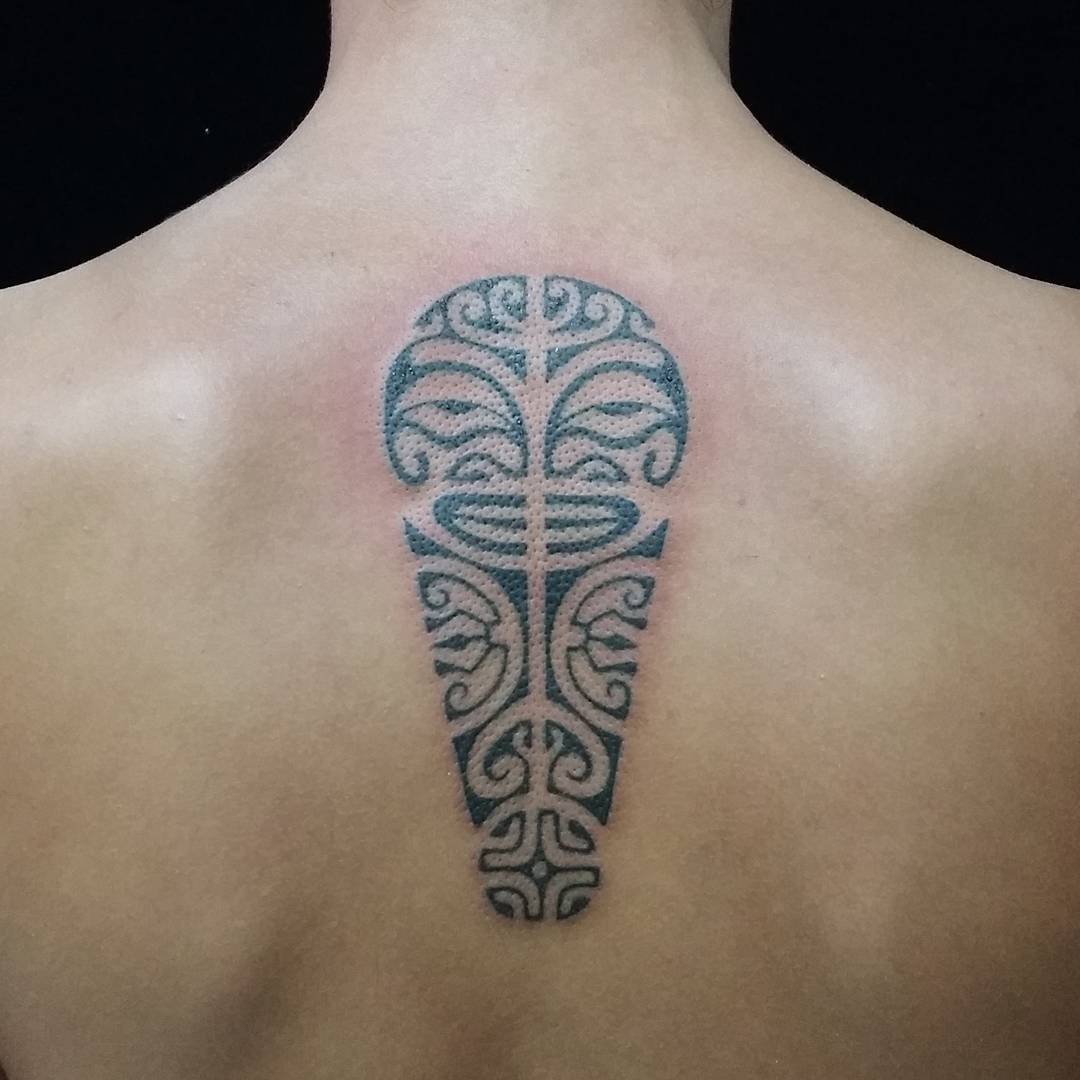
When it comes to Hawaiian deity tattoos, there are several gods to select from.
Lono, for example, is the deity of peace and prosperity.
Still, Keuakepo is the god of volcanic eruptions or “rain of fire.”
Kane is the light and living god.
He represents life in nature, and Kauhuhu, the shark deity, is the inspiration for significant tattoos for ardent surfers.

Tiki god tattoos will seem like one-of-a-kind island art; totem-like with a rectangular shape that fits perfectly on an arm or thigh area, matching tattoos fit in pictures that connect to an identical deity who symbolizes them.
Hawaiian Animal Tattoos
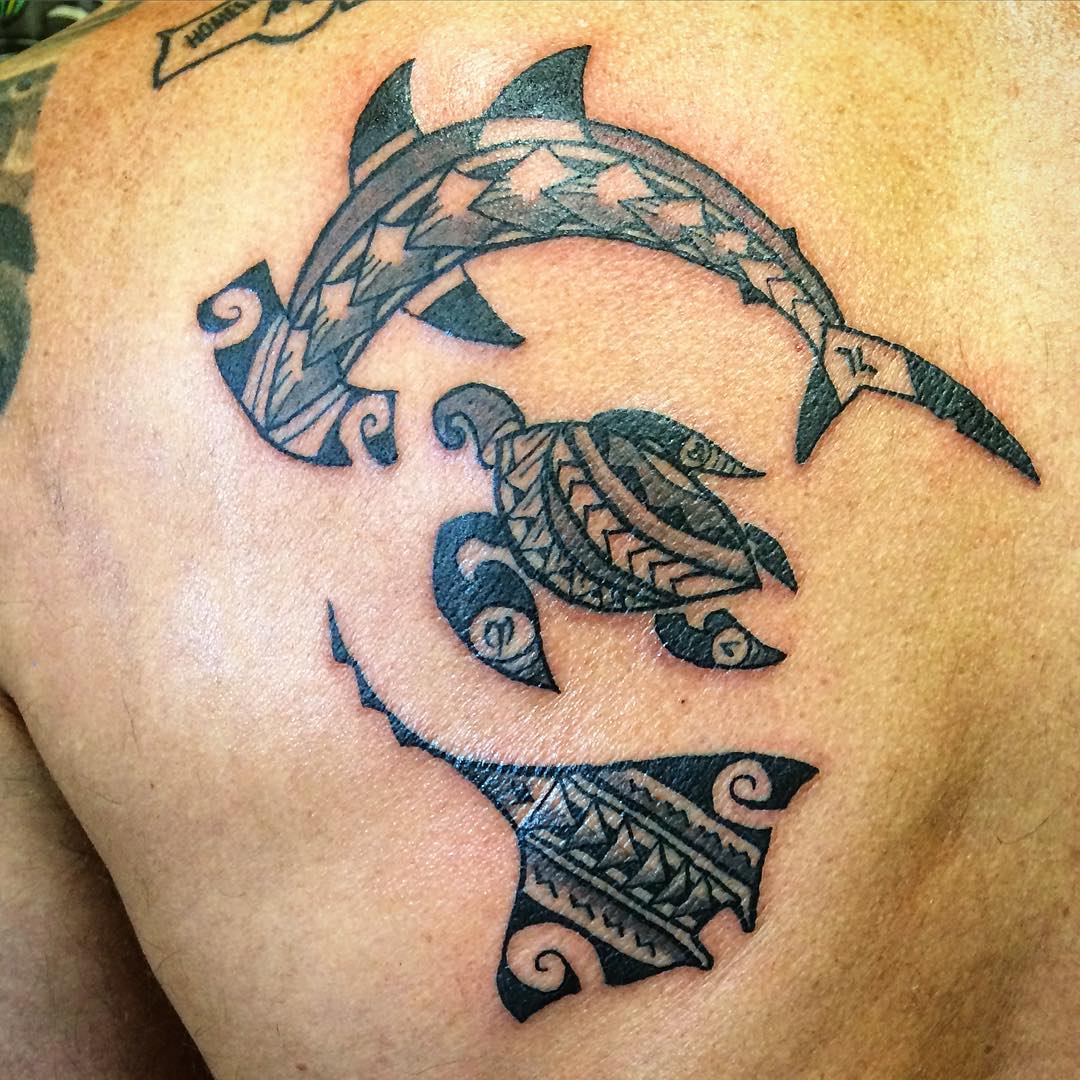
The Hawaiians, like other early peoples, felt connected to animal power on the island.
For the islanders, any animals that lived on land or in the sea were life and death.
The family would have compared the kid’s “totem” or protective talisman to the recognized animal as the youngster grew.
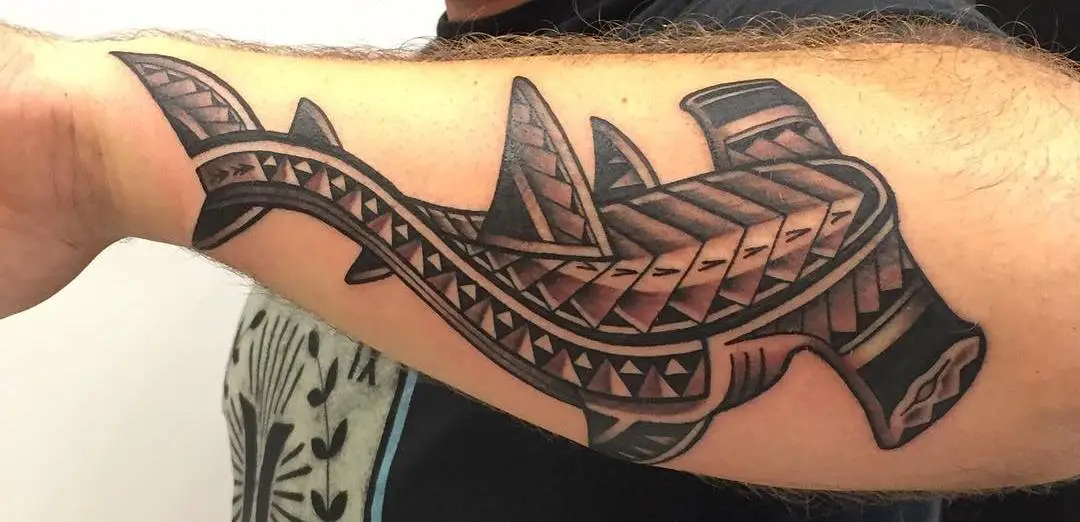
Using traditional Hawaiian representations of animal spirits as tattoos may reflect elements of your personality while also paying homage to a historic Hawaiian custom.
Tattoos are done in typical black geometric patterns that look good on the shoulder, arm, or neck.
Another Hawaiian pattern is made out of fish scales, which signify protection.
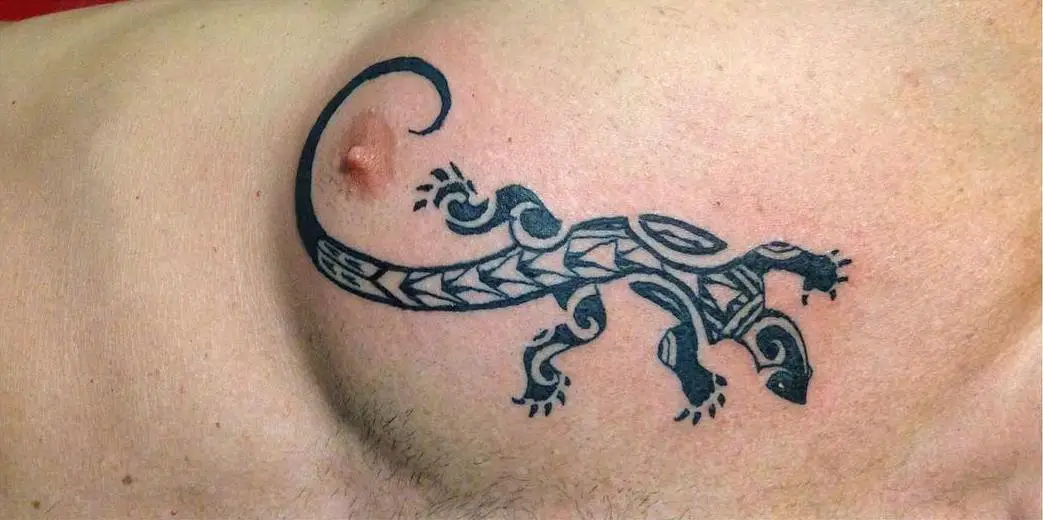
Lizard themes were definitely common in early Hawaiian tattoos as well.
It’s easy to imagine the guide knew them when they first left their birthplace of Hawaii to explore the new territory where they eventually settled.
Ohana Hawaiian tattoo
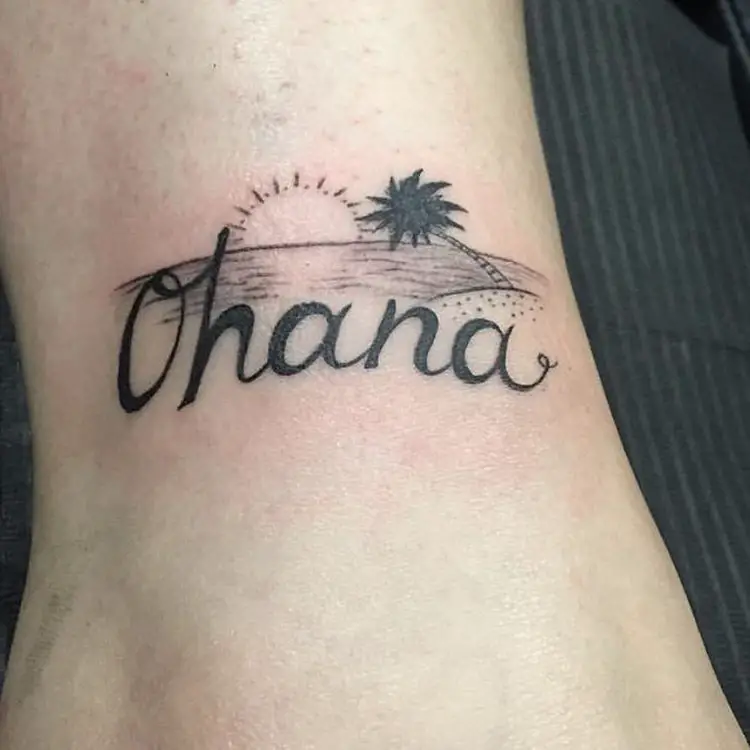
As a result, family and friends become a larger group, with neighbors and friends playing an important part.
A well-known term to describe these expanded relationships comes from Hawaii: ohana and aloha, which reveal the shared group.
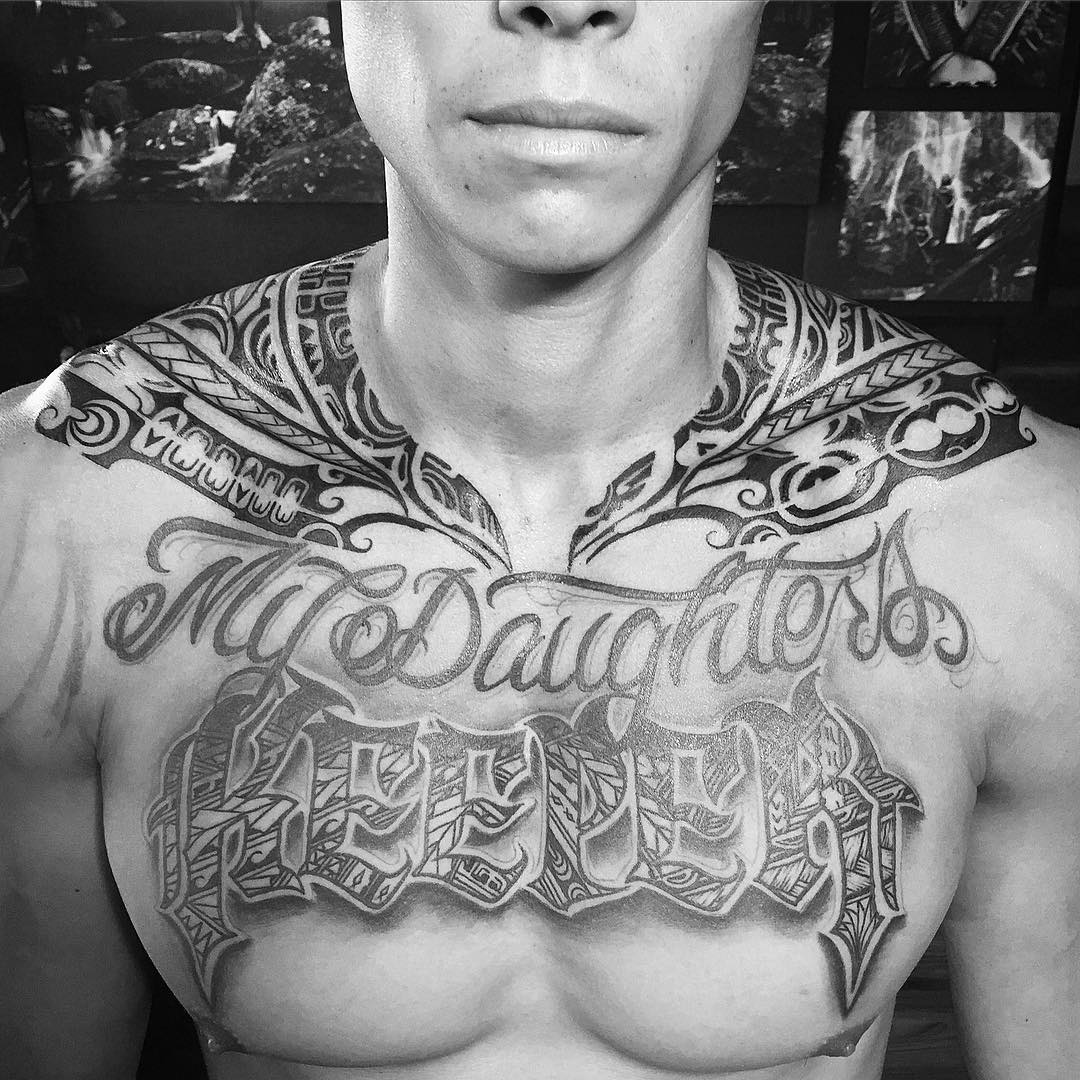

Everyone who makes a living from the water understands the concept of ohana.
Almost much of Polynesians’ culture revolves around this.
FAQs
1. What are Hawaiian tattoos called?
The art of tattooing in the Hawaiian culture is called Kākau.
In addition to worshipping gods, tattoos to are also a symbol of protection and a reminder of traditional values.
In terms of appearance, they’re distinctive, especially with the inclusion of overlapping characters.
This art has been well-preserved to this day.
2. Is it disrespectful to get a Hawaiian tattoo?
Cultural appropriation is a hot buzzword in recent years.
Seeing Hawaiian tattoos from this point of view, it’s probably deemed insensitive to get one.
Appropriation basically means taking something without permission or credit. It’s considered bad when a culture is not displayed correctly.
But despite that, many people are inspired by cultures they’re not born into.
They get tattoos with some native elements but wear them with honor and respect.
3. How much is a traditional Hawaiian tattoo?
The cost of a tattoo is mainly influenced by the size and intricacy of the design.
So to estimate the price of a Hawaiian tattoo, the best indicators would be its size and complexity instead of the type of design it takes.
If it’s small and simple, expect to pay around $80 – $100.
If it’s much larger, then it would be costlier as well.
